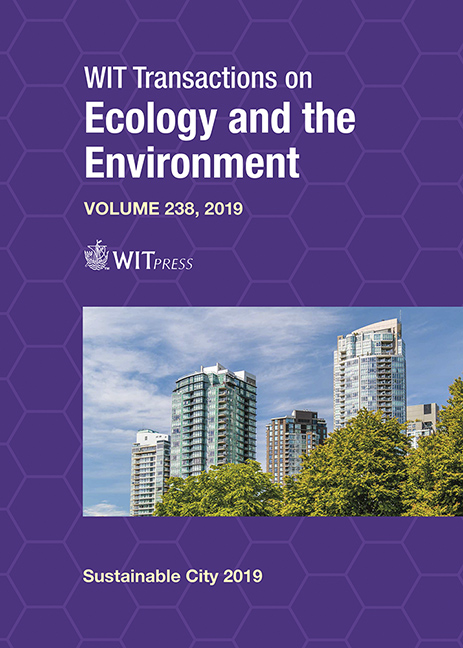CULTURAL LANDSCAPE HERITAGE AND THE CONSTRUCTION OF SOCIAL IDENTITY IN THE PRODUCTION AND COMMERCIALIZATION OF WINE IN THE RIBERA DEL RÍO, URUGUAY
Price
Free (open access)
Transaction
Volume
238
Pages
10
Page Range
507 - 516
Published
2019
Paper DOI
10.2495/SC190441
Copyright
WIT Press
Author(s)
ANDER DE LA FUENTE ARANA, URTZI LLANO-CASTRESANA, PAULA DURÁN CHAÍN
Abstract
The main aim of the following process is to revitalize a landscape heritage that is of strong character but threatened by oblivion: the landscape of Tannat wine production and marketing, located on the banks of the Uruguay River in the late 19th century. This paper outlines a method to resignify aspects related to its memory. This article focuses on the links regarding the identification and assessment of the resources of the memory, which can be classified into two different areas: traces and narratives. The traces of a landscape represent the tangible settings, which evoke a collective memory. The narratives, which are part of its intangible heritage, are everyday stories that, recalled again and again, make us feel part of that landscape. The planned actions on the studied landscape include, on the one hand, the understanding and revaluation of the traces of memory, such as the Pascual Harriague Winery as a setting for collective memories. On the other hand, we agreed on narratives that give meaning and coherence to the former landscape in this social construct (in this case, the stories of the production and marketing of Tannat wine in Salto, at the end of the 19th century). All this with the purpose of reinforcing the evolutionary capitals of the citizenship identified with the landscape, reaffirming that social group’s sense of identity (referential capital) and increasing their resilience or ability to assimilate changes, undertake and innovate. Having analysed the criteria and means to identify and assess the resources of memory, recovering a landscape should be understood as that which implies restoring its image (giving it continuity) and regenerating its social system (reactivating socio-economic dynamics based on the feeling of belonging). None of these is possible without an adequate social participation, which is the engine of the sustainable, socio-economic, local development of this type of landscape. A subjective, non-positivistic approach to the processes is required to achieve our objective: the recovery of the character of a landscape highly determined by socio-economic interrelations.
Keywords
image, memory, economic and social landscape, social system





